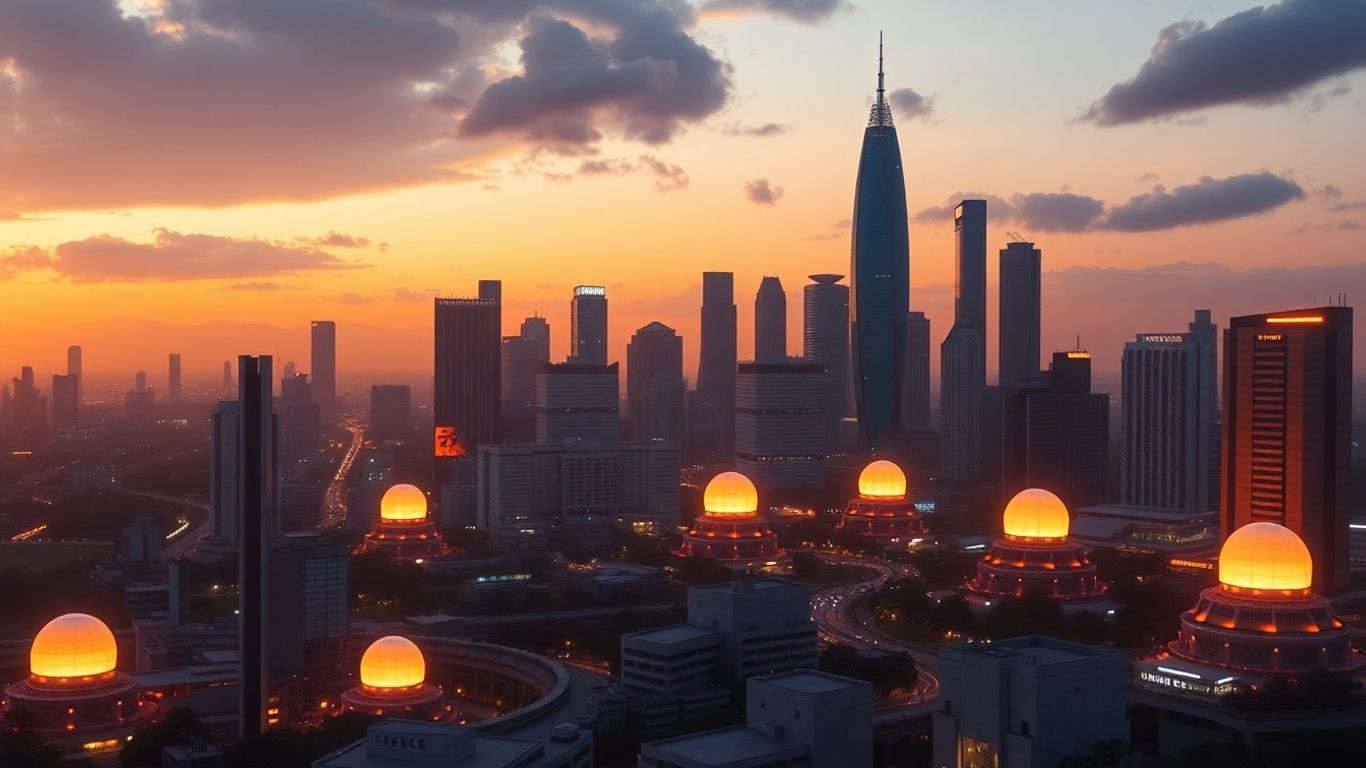Southeast Asian nations are planning a significant expansion of nuclear power, projecting an investment of $208 billion by 2050 to develop 25 gigawatts of capacity. The strategy heavily relies on the adoption of Small Modular Reactors (SMRs) as a cleaner and more rapidly deployable energy solution.
Key Takeaways
- Southeast Asia aims to build 25 GW of nuclear capacity by 2050, requiring a $208 billion investment.
- Small Modular Reactors (SMRs) are the preferred technology due to faster deployment and fewer regulatory hurdles, despite higher initial costs.
- Vietnam is expected to lead the charge, with other countries like Malaysia, the Philippines, Thailand, Indonesia, and Singapore also exploring nuclear options.
- Challenges include political opposition, potential cost overruns, and ensuring long-term uranium fuel security.
The Nuclear Push
Currently, no Southeast Asian country operates nuclear power plants, with the region heavily dependent on coal and natural gas for baseload power. However, growing concerns about energy security and the need for cleaner energy sources are driving interest in nuclear power. Wood Mackenzie’s report highlights that nuclear power offers emissions-free baseload electricity that can be integrated without extensive grid upgrades.
SMRs: The Preferred Choice
Despite their higher projected generation costs—estimated at $220 per megawatt-hour by 2050 compared to $101 per megawatt-hour for traditional reactors—SMRs are favored for their quicker development timelines. While large nuclear plants can take five to 15 years for permitting and another five to 15 years for construction, SMRs could potentially move from approval to operation in just two to three years, provided supportive policies are in place. This rapid deployment capability is seen as crucial for meeting the region’s accelerating energy transition demands.
National Plans and Projections
Vietnam is poised to be the frontrunner in this nuclear expansion, with plans to install between 10.5 GW and 14 GW of capacity by 2050, viewing nuclear power as a competitive alternative to planned liquefied natural gas projects.
Other countries are also charting their nuclear courses:
- Malaysia: Aims to deploy 1.2 GW of SMRs by 2050, with initial plans targeting 2035.
- Philippines: Targets 2.4 GW of SMR capacity by 2050, though only half of this is expected to materialize.
- Thailand: May reintroduce nuclear power with 600 megawatts by 2037, expanding to 3 GW by 2050.
- Indonesia: Its electricity plan includes two 250-megawatt SMRs for the 2025-2034 period.
- Singapore: Could add 0.8 GW by 2050 to reduce its reliance on imported fuels.
Challenges and Opportunities
While SMRs present an attractive option for reliable, low-carbon baseload power and could open new avenues in the corporate power purchase agreement market, significant challenges remain. These include the region’s limited operational experience with nuclear power, which raises risks related to political opposition, cost overruns, and ensuring long-term uranium fuel security. The success of these ambitious nuclear plans will hinge on developing robust regulatory frameworks and securing experienced international partnerships.
Key Takeaways
- Southeast Asia bets on small modular reactors in $208B nuclear plan, Latest news from Azerbaijan.
- $208B Investment in Small Modular Reactors, Down To Earth.












